Up Next

The conclusion of Pirelli’s investigation into two high-speed Formula 1 crashes in the Azerbaijan Grand Prix produces more questions than answers.
Pirelli’s statement asserts that a cause has been “clearly identified” but that could be disputed given it claims nothing failed abnormally in the tyre itself and acknowledges the teams followed the prescribed starting parameters.
The finger is pointed at so-called “running conditions” of the tyres on both Max Verstappen’s Red Bull and Lance Stroll’s Aston Martin.
Here is the core part of Pirelli’s analysis of the failed tyres, and tyres used by other cars in the race that had the same or a higher number of laps on them: “The process established that there was no production or quality defect on any of the tyres; nor was there any sign of fatigue or delamination.
“The causes of the two left-rear tyre failures on the Aston Martin and Red Bull cars have been clearly identified.
“In each case, this was down to a circumferential break on the inner sidewall, which can be related to the running conditions of the tyre, in spite of the prescribed starting parameters (minimum pressure and maximum blanket temperature) having been followed.”
But the conclusion of Pirelli’s investigation is unlikely to be the end of this matter entirely. These are some of the key questions to answer before that will be possible.
What does Pirelli mean by running conditions?
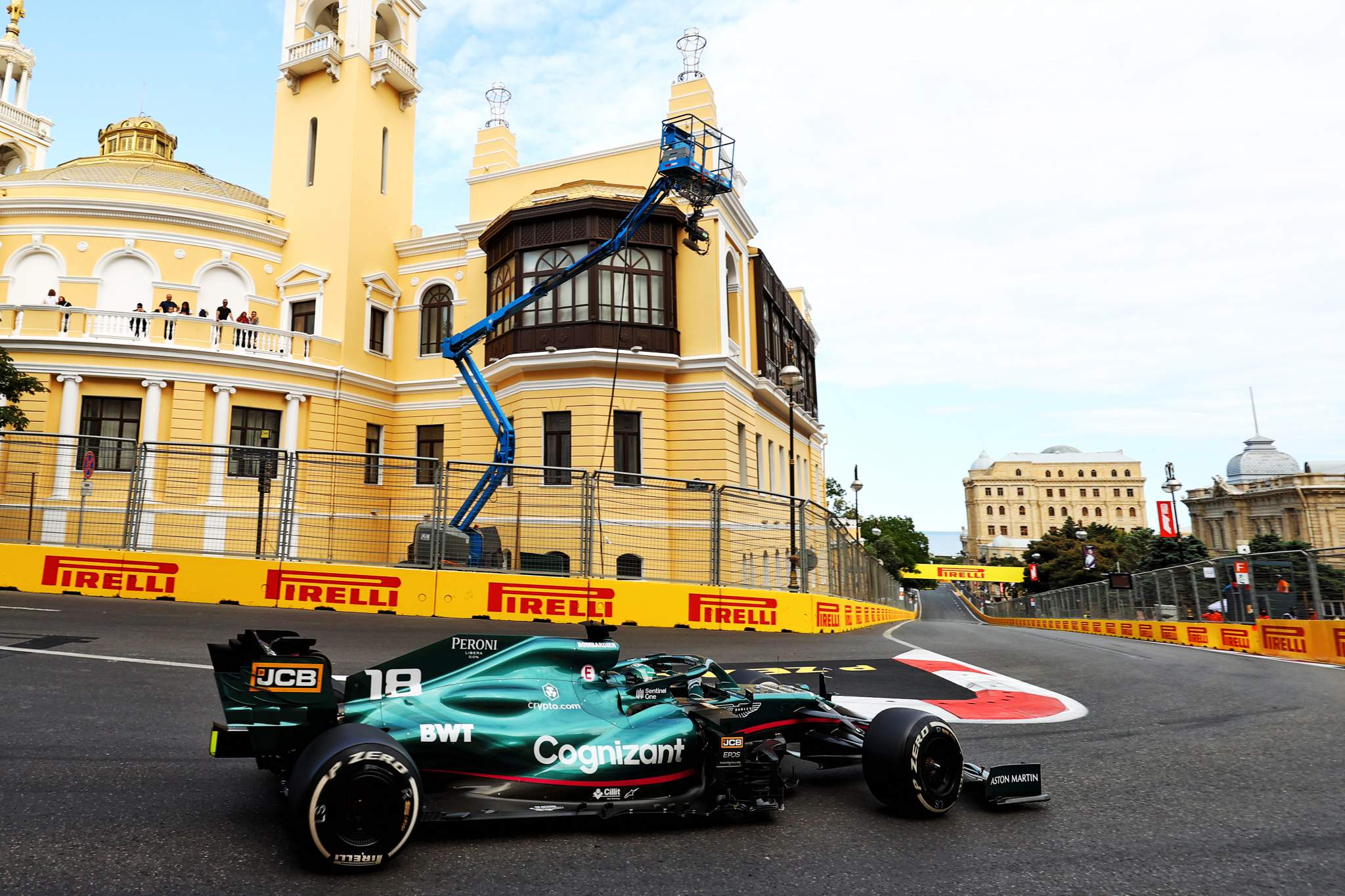
Broadly, the ‘running conditions’ refer to the conditions of the tyres on track under real-world loads and with the stresses and strains of running at high speed for long periods of time.
The ‘starting conditions’ refer only to parameters such as the pressures at the point they are measured before they are in racing conditions.
Pirelli’s statement confirms the tyres that failed met the starting conditions but appears to hint that the running conditions were not as desired.
The question is in exactly what way Pirelli believes that the starting conditions and the way they are measured does not result in the intended running conditions that it deems safe – and exactly what the improper running conditions were.
Is Pirelli really saying this is the teams’ fault?
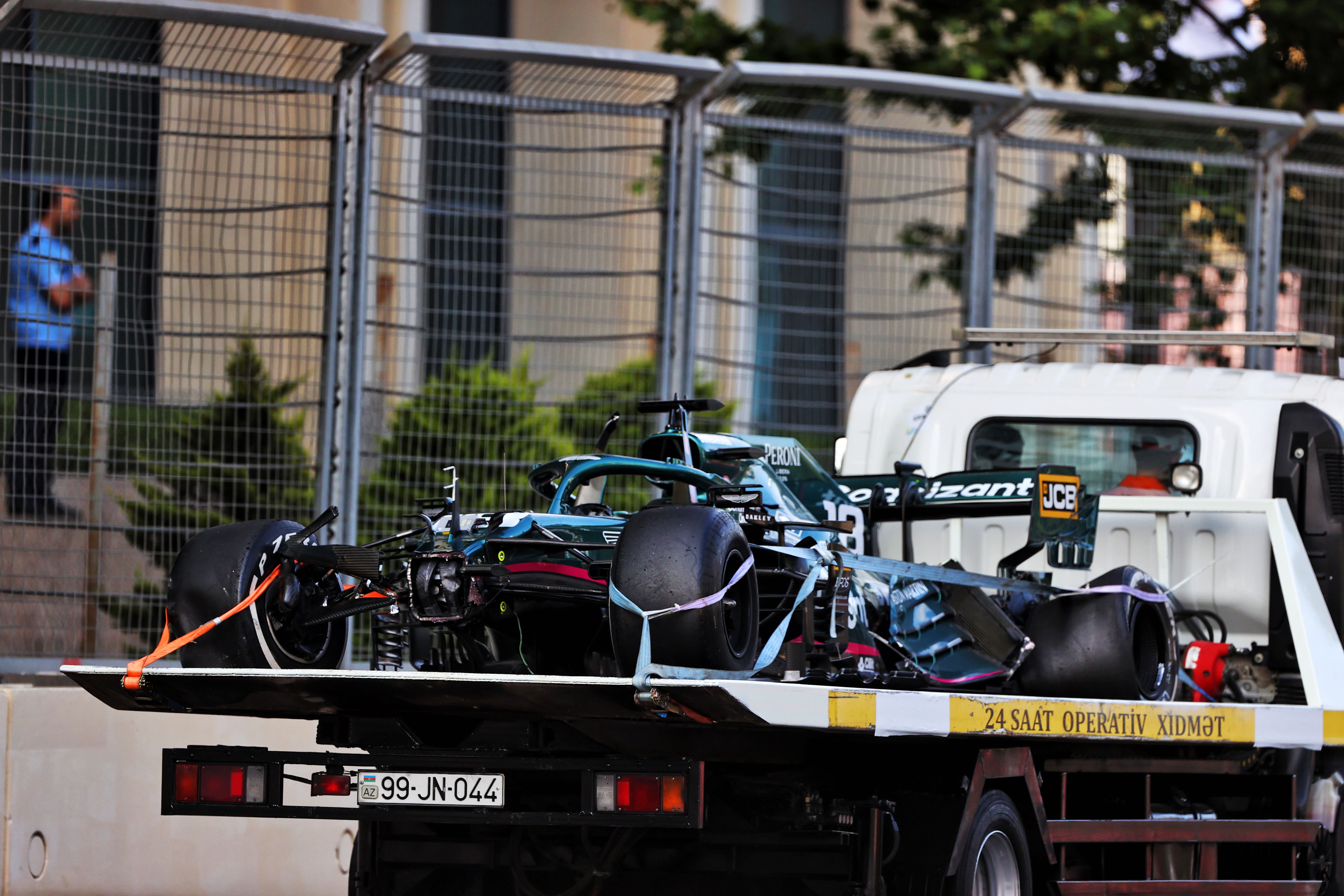
The Pirelli statement is vague but it does appear to be pointing the finger at Red Bull and Aston Martin for the failures.
But the regulations simply state the starting conditions and Pirelli has confirmed that both teams complied with them. Hence Red Bull issuing its own statement stating that “we adhered to Pirelli’s tyre parameters at all times and will continue to follow their guidance”.
As Pirelli has not explicitly blamed the teams for the way they ran the tyres, it clearly has question marks over how they are being prepared to gain performance by running them outside of running conditions intended.
What are the teams (supposedly) doing?
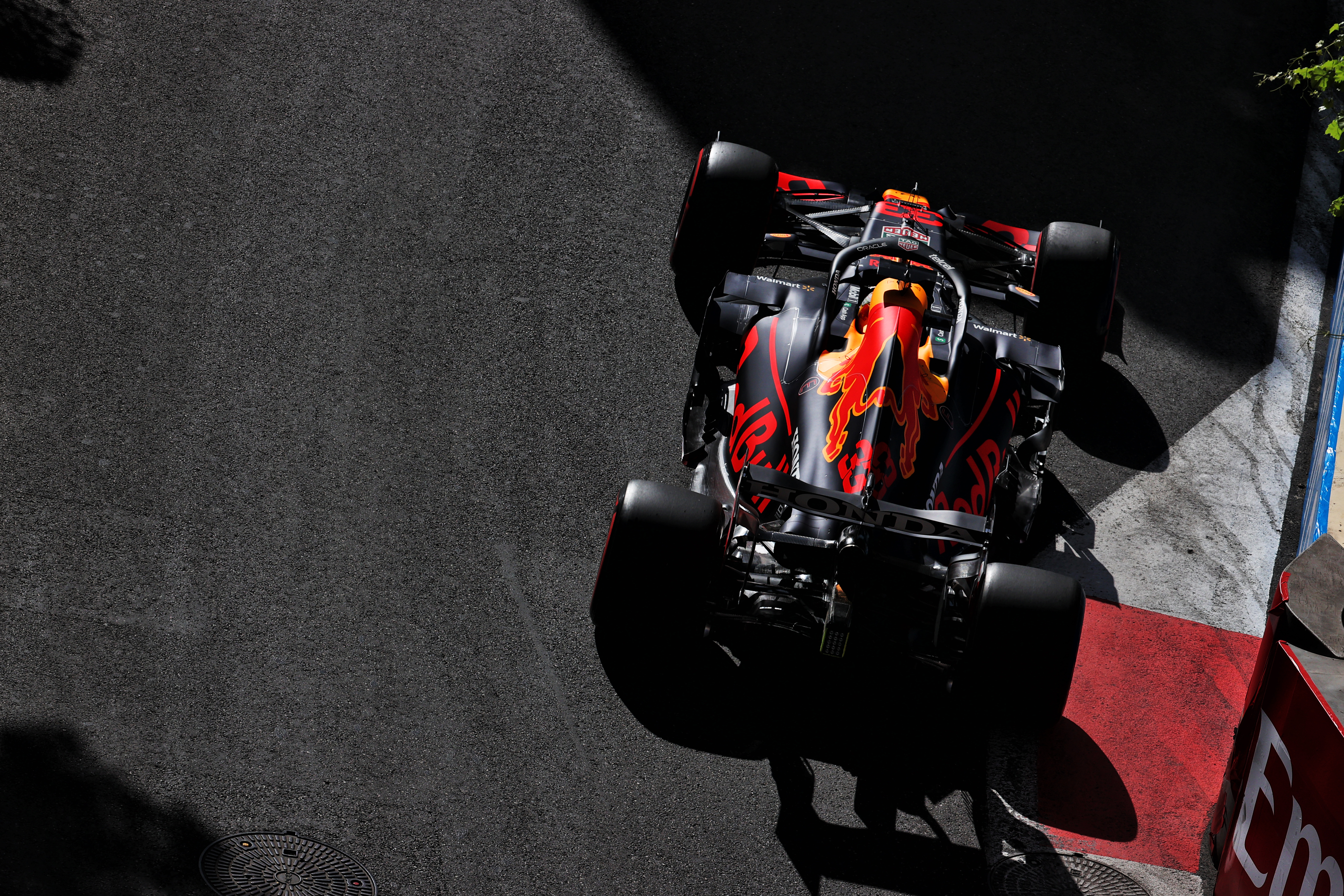
Until we get a firm answer to the first question – what does Pirelli actually mean by the “running conditions of the tyre” – we will not know the answer to another one: what exactly the teams are supposedly doing that’s to blame for these failures.
The basic answer is that teams often want to run lower pressures than are outlined by Pirelli. The implication from Pirelli’s investigation is that Aston Martin and Red Bull have done that.
It’s not strictly against the rules. One way to achieve it legally is to ensure the pressures are at the lowest permitted value at the point of measurement.
This will be a short while before the tyres are actually used on-track, by which point the pressures can drop lower.
And by the time the cars actually run, the running pressures will be lower than the minimum starting pressure.
One way of achieving this will be to measure a tyre’s pressure while it has benefitted from the heat of a tyre blanket, but the blanket being removed well before the car leaves the garage – as Lewis Hamilton accused Red Bull of doing in qualifying in Spain.
There’s a parallel to be drawn here with the flexi-wing controversy in that a team may be satisfying a specific rule as written but not conforming to it when the car is running.
So can F1 have a minimum running pressure?
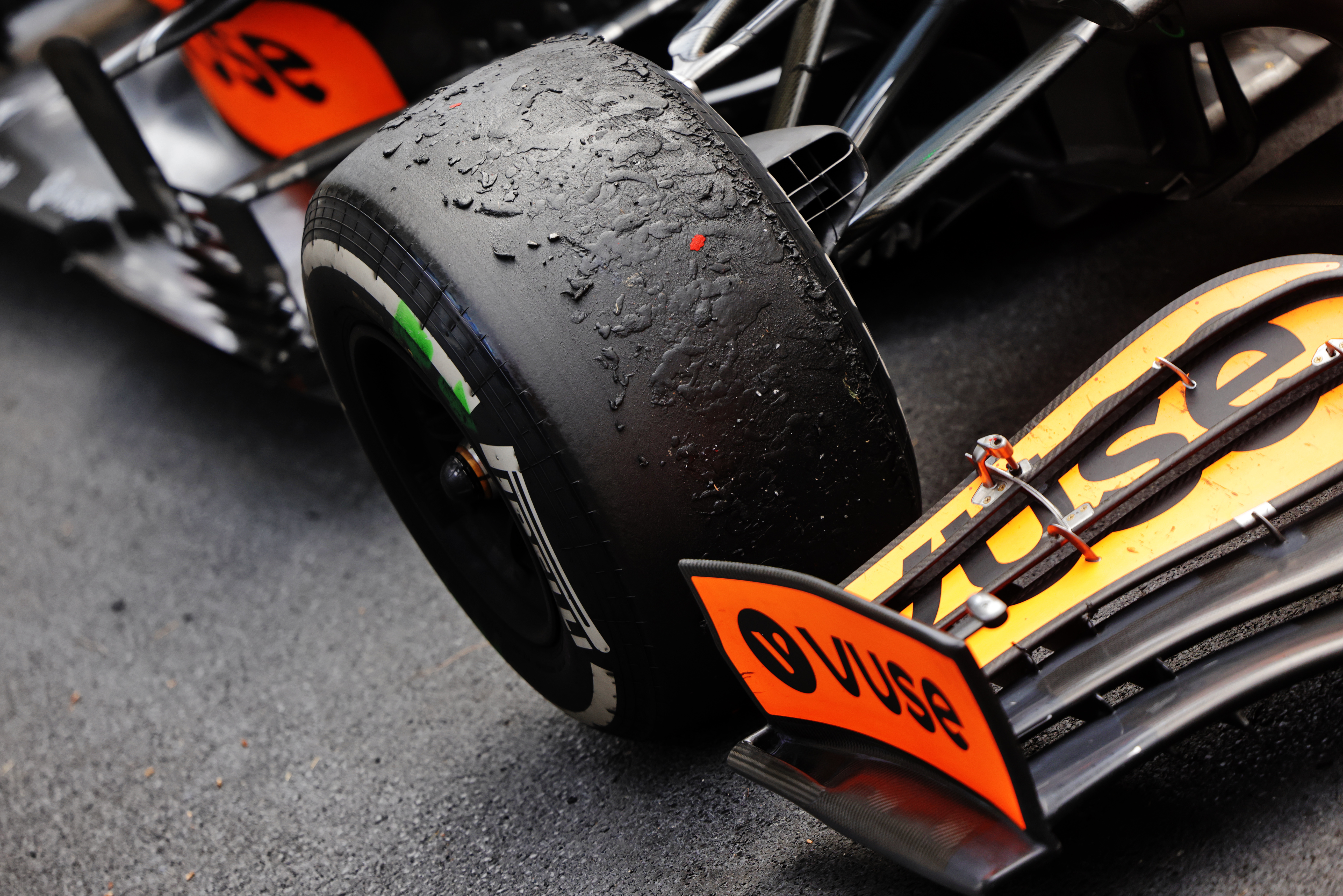
The live data is theoretically available as teams monitor tyre pressures constantly, which is what allows them to monitor for slow punctures and manage the Pirellis. This means it is possible to measure the tyre pressures live.
The difficulty will be framing the regulations to allow for the fact that the tyre pressures will fluctuate, such as dropping under safety car conditions.
Allowances will also have to be made for the fact drivers are often being cautious about how they bring tyres up to temperature either at the start of stints.
Pirelli is clearly keen to increase live monitoring. The question is exactly how the rules can be framed to make this enforceable while allowing for real-world fluctuations.
Will new policing measures work?
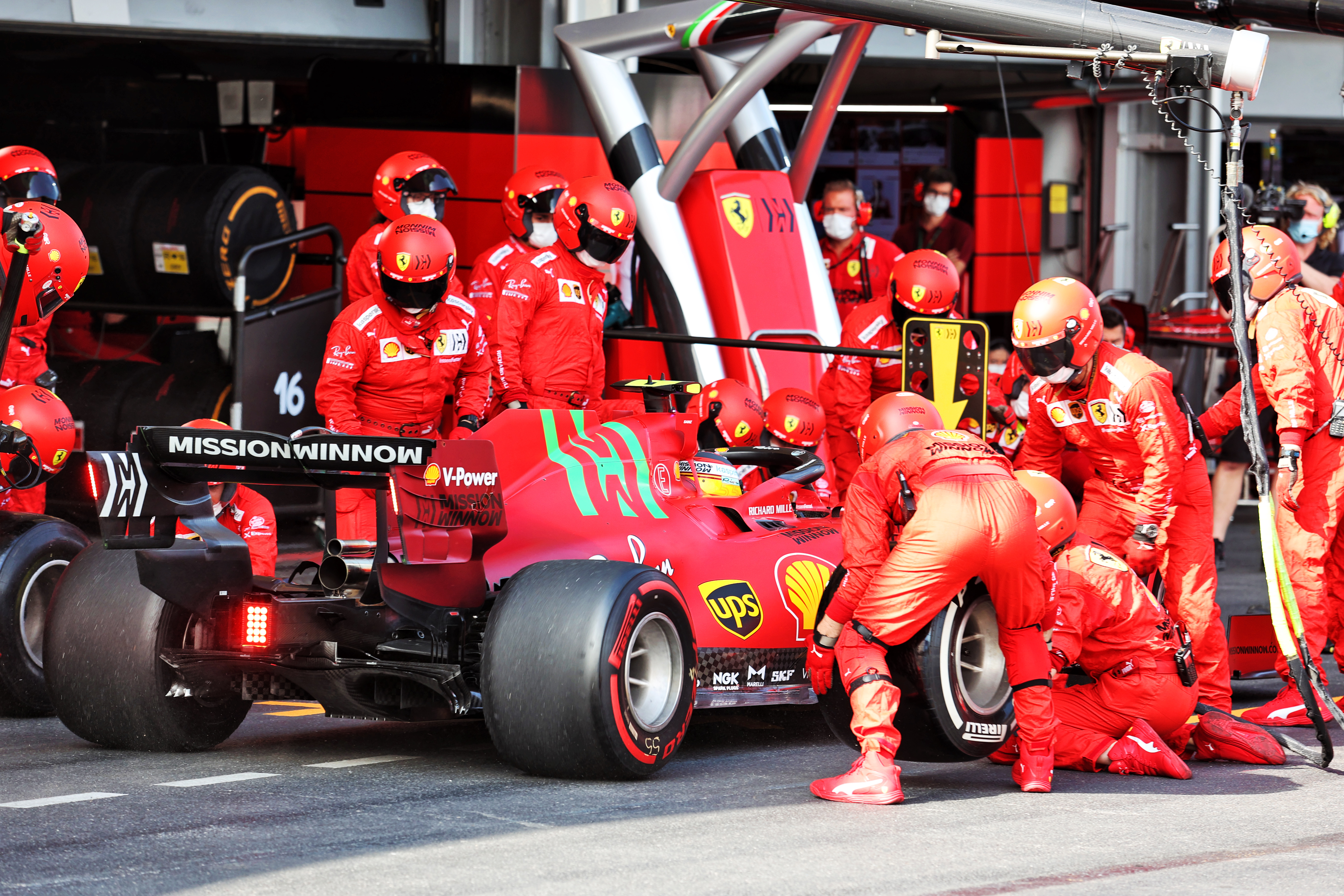
Until now, the starting pressure is all that’s been monitored. As we just explained, there is no method in place to police the pressures in-session. And there have been no post-session checks either.
That will change from the French GP this weekend when new protocols will be enforced.
Tyre temperatures will be measured in the garage during all sessions while the FIA will be able to check a tyre afterwards to see if the pressures match Pirelli’s expectations.
This will be done on random cars in practice and qualifying, on every car that makes Q3, and on every car after the race.
The FIA will do this by allowing the tyre to cool, setting the blankets to 80°C, and re-checking the pressure. If this does not match the figure Pirelli expects, it will be referred to the stewards.
Without a live minimum running pressure and aided by clamping down other pressure-adjusting techniques such as delaying a car’s release from the garage in qualifying, this seems like a reasonable middle-ground to beef up the checks.
Has F1 reached a point where a safe tyre’s impossible?

There will inevitably be questions over whether fiddling tyre pressures to what is probably a very small degree should risk such a spectacular consequence as seen (twice) in Baku.
Should the tyres really be that vulnerable? That is the less generous way of interpreting this investigation.
Yes, it seems likely the teams are pushing the boundaries. But has Pirelli made a tyre that’s still too vulnerable in certain conditions? Should an F1 tyre need to be run to such specific, controlled parameters to avoid failure?
That is an especially awkward question when the tyre has already been made more robust for 2021, following other high-profile failures last year.
On the other hand, F1 and the FIA will contest Pirelli deserves the benefit of the doubt given it is working with the fastest, heaviest cars of all time.
So perhaps the fairest way to phrase the question is this: has F1’s hybrid-era combination of torque, weight and downforce simply made making a safe tyre impossible?






